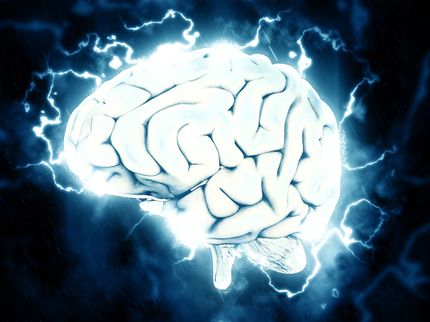Scientists show 2-drug combination has potential to fight cocaine addiction
Advertisement
A fine-tuned combination of two existing pharmaceutical drugs has shown promise as a potential new therapy for people addicted to cocaine — a therapy that would reduce their craving for the drug and blunt their symptoms of withdrawal.
In laboratory experiments at The Scripps Research Institute, the potential therapy, which combines low doses of the drug naltrexone with the drug buprenorphine, made laboratory rats less likely to take cocaine compulsively—a standard preclinical test that generally comes before human trials.
While the two-drug combination would have to prove safe and effective for people in clinical trials before approval by the U.S. Food and Drug Administration (FDA), the work represents a significant advance in the field because there are currently no FDA-approved medications for treating cocaine addiction.
Many individual drugs have been tried in clinical trials in the past as potential treatments, but they have all failed to show significant efficacy in treating people addicted to cocaine, said Scripps Research Professor George Koob, chair of the Scripps Research Committee on the Neurobiology of Addictive Disorders and team leader for the research, which appears in the journal Science Translational Medicine.
"Combining drugs with multiple actions may be a useful approach that has not been utilized extensively," Koob said.
"These findings potentially represent a huge bridge from basic research to the establishment of a new and effective medication for cocaine addiction," added Senior Research Associate Leandro F. Vendruscolo, a co-author on the study with Scripps Research colleagues Assistant Professor Sunmee Wee (first author), former Research Associate Kaushik Misra, and Research Associate Joel Schlosburg.
A Combination Approach
The idea behind treating drug addiction with pharmaceuticals is to restore the brain's reward and stress/aversive systems to normal, and the new study explored how combining two existing pharmaceuticals might achieve that purpose: one that doesn't work on its own and one that works but is not prescribed because it is itself addictive.
Naltrexone is already approved by the FDA for treating alcohol and tobacco addiction.
Buprenorphine is an opiate — a painkiller similar to morphine or heroin — and it is known to be effective at helping people who are addicted to both heroin and cocaine kick their combined drug habits because it has mu opioid partial agonist effects (moderately produces the pleasurable effects of opioids) and kappa opioid antagonist effects (reverses the stress/aversive-like effects of opioid withdrawal by blocking the actions of dynorphin).
However, buprenorphine itself produces dependence and it is generally not prescribed unless someone is already addicted to a similar opiate, like heroin. The danger is that treating cocaine addiction with buprenorphine would merely substitute one dependence for another, causing people to suffer from buprenorphine withdrawal instead of cocaine withdrawal.
The Scripps Research team found a way around this problem by combining buprenorphine with a low dose of naltrexone, showing that giving rats this combination effectively blocked compulsive cocaine self-administration without causing the physical opioid withdrawal syndrome seen in rats treated with buprenorphine alone.























































